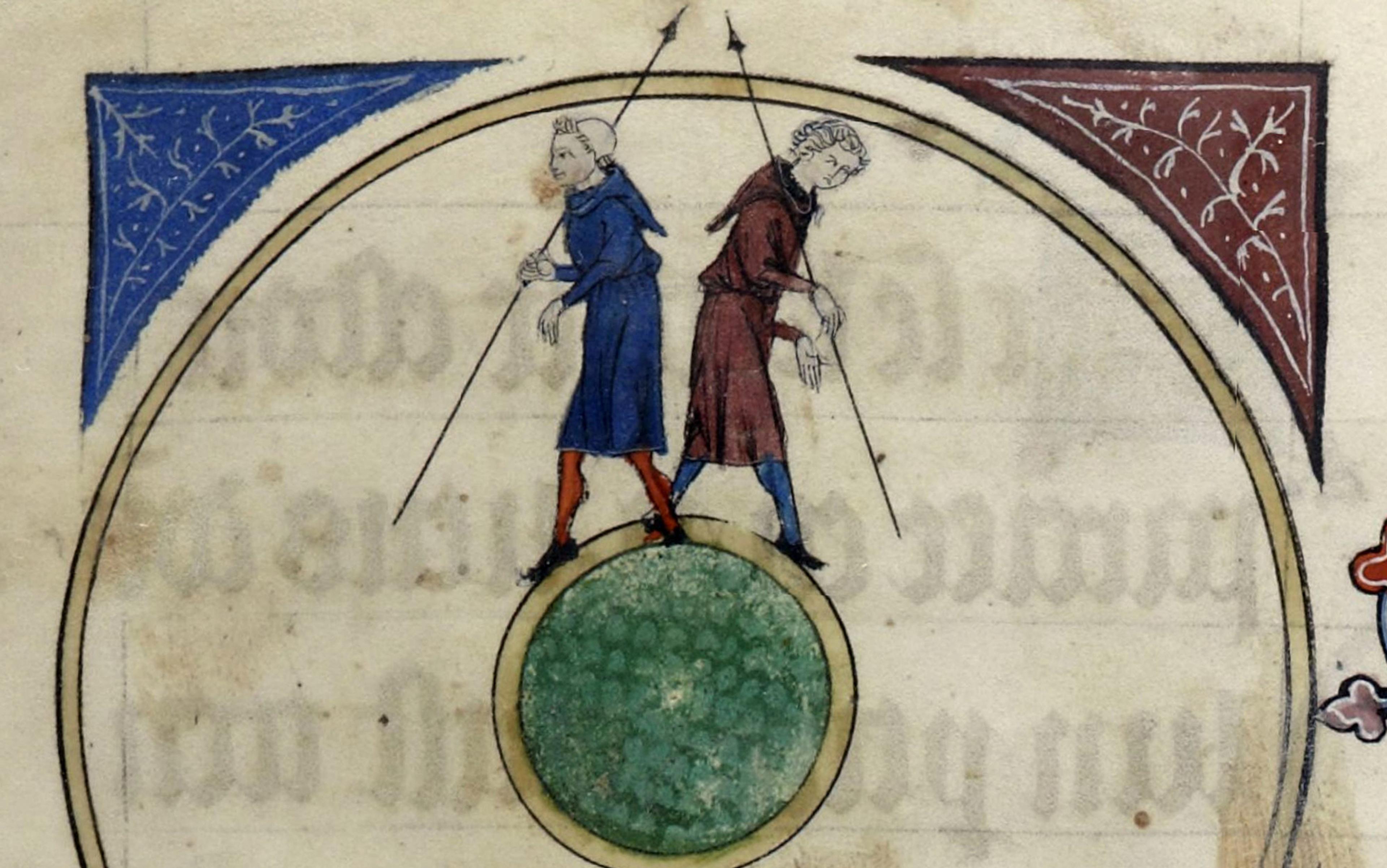In the Making Sense of Science series – launched today by Frontiers’ Policy Labs in partnership with the International Science Council (ISC) – world leading scientists, including scientific experts and knowledge brokers from the ISC Fellowship, give insights into how science should be understood by the public and applied to policies that affect societies worldwide....
Science & Technology
Asking ChatGPT vs Googling: Can AI Chatbots Boost Human Creativity?
Think back to a time when you needed a quick answer, maybe for a recipe or a DIY project. A few years ago, most people’s first instinct was to “Google it.” Today, however, many people are more likely to reach for ChatGPT, OpenAI’s conversational AI, which is changing the way people look for information. Rather...
U.S. Government Tries to Rein in an Out-Of-Control Subscription Economy
Signing up for a subscription to a streaming service or newspaper has never been easier. Canceling it, on the other hand, can be a cumbersome journey involving phone calls, letters or finding the option to cancel buried in a remote menu on an app. And that’s if you remember to cancel in the first place....
SETI Institute Launches Art and AI Residency, Unveils Six Nominees for Innovative Program
The SETI Artist in Residency (AIR) program announced Algorithmic Imaginings, a new residency that explores how AI technologies affect science and society. The residency focuses on creative research topics such as imaginary life, human-AI collaboration, AI futures, posthumanism, AI and consciousness, and the ethics of AI data. It also connects with current SETI Institute research, including...
People Hate Stories They Think Were Written by AI. Even If They Were Written by People
Stories written by the latest version of ChatGPT were nearly as good as those written by human authors, according to new research on the narrative skills of artificial intelligence. But when people were told a story was written by AI — whether the true author was an algorithm or a person — they rated the...
Brazilian Researchers Work to Transform Agave into the ‘Sugarcane of the Sertão’
Climate change has caused an increase in the semi-arid climate region in Brazil. Data from the National Center for Monitoring and Warning of Natural Disasters (CEMADEN) and the National Institute of Space Research (INPE) in the South American country indicate an expansion of 7,500 square kilometers per year since 1990, which is equivalent to five...
Professor Gives American Grading System an F
America’s obsession with grades is failing students and jeopardizing the future of education, a University of Mississippi professor argues in his new book. Josh Eyler, director of the Center for Excellence in Teaching and Learning, recently released “Failing Our Future: How Grades Harm Students, and What We Can Do About It” (Johns Hopkins University Press), in which he argues...
Are Auditory Magic Tricks Possible for a Blind Audience?
Magic tricks make the impossible seem possible. Magicians have long captivated audiences with visual tricks, such as pulling a bunny from a hat or sawing someone in half, but tricks that rely on sound are scarce. A new article published in the Cell Press journal Trends in Cognitive Sciences on October 4 explores why creating a magical...
When Dogs and Humans Find a Common Language
Humans and dogs have been birds of a feather for millennia. But how can such distant species understand each other? A recent study published in PLOS Biology by researchers from the University of Geneva and the Hearing Institute, an Institut Pasteur Center, reveals that the pair meets halfway between their differences to communicate together. From their findings,...
Is Your Car a Threat to National Security? It Can Be – Regardless of Where It’s Made
In April, US lawmakers urged President Joe Biden to ban Chinese-built electric vehicles (EVs), labelling them an “existential threat to the American auto industry”. The proposed ban arose from concerns that Chinese car makers have an unfair advantage due to government financial support. Following a months-long investigation into digital connections that could enable Chinese spying...










